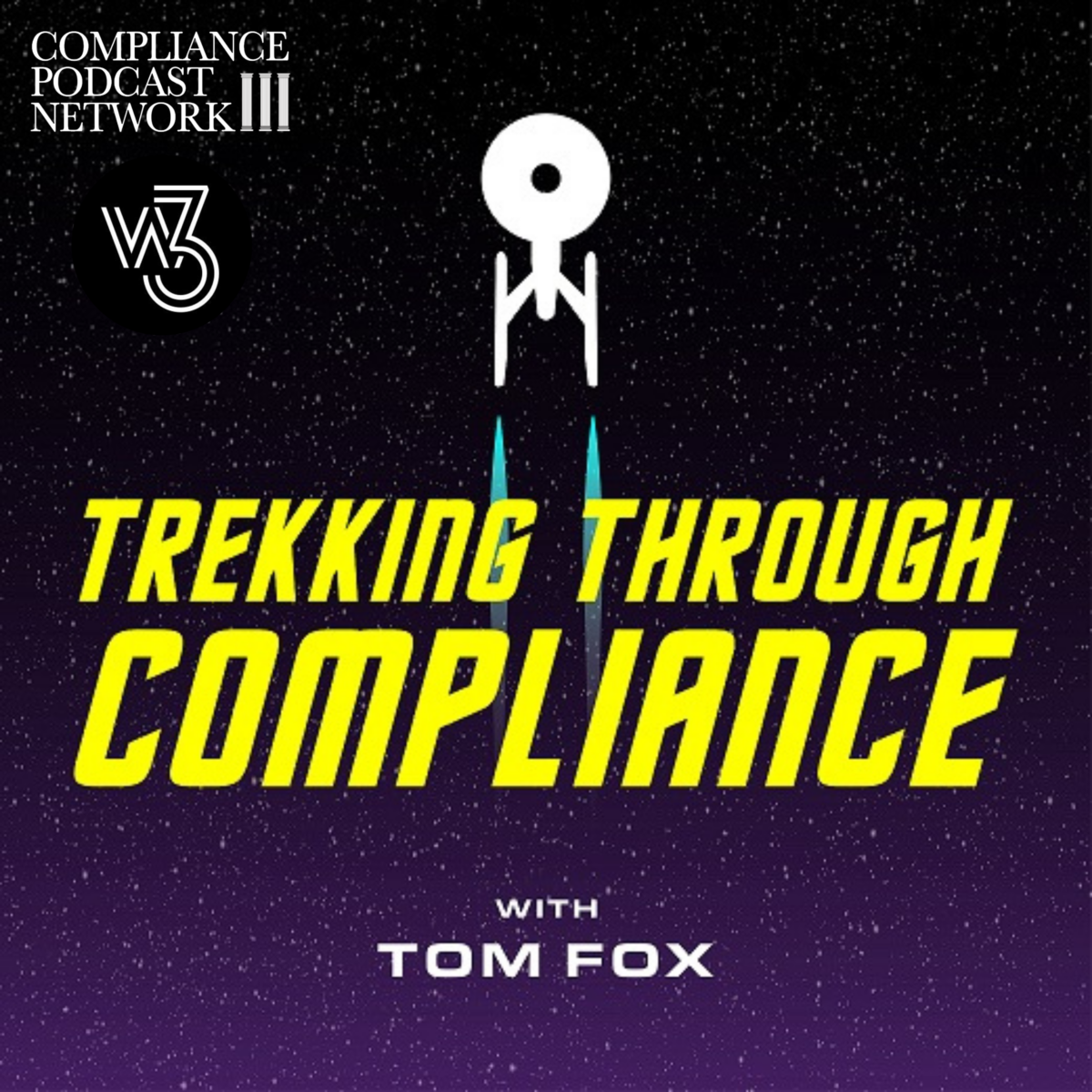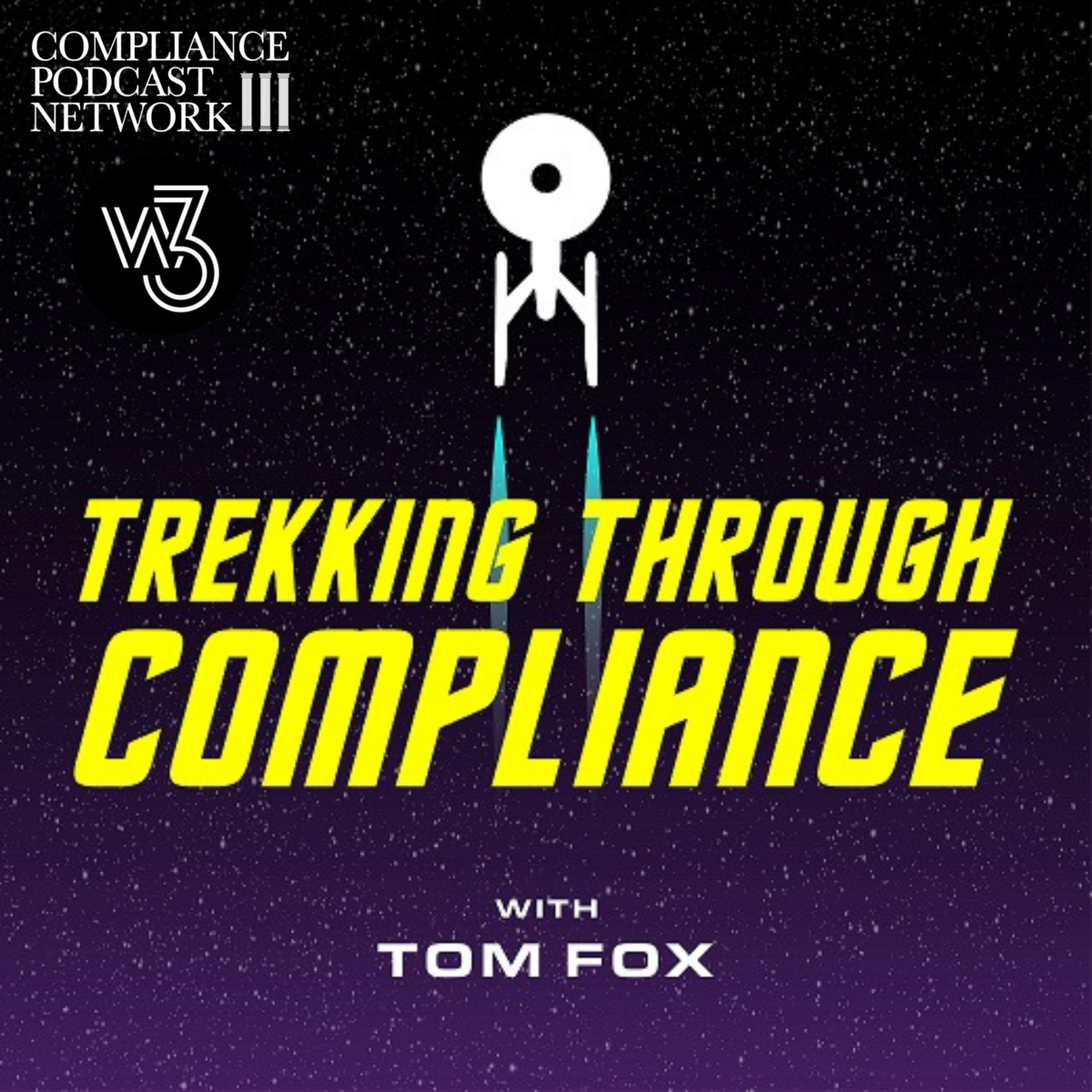In this episode of Trekking Through Compliance, we consider the episode And The Children Shall Lead, which aired on October 11, 1968, Star Date 5027.1.
Story Synopsis
This episode explores themes of manipulation and the power of belief. The Enterprise crew responds to a distress signal from the Federation colony on Triacus and discovers all the adults dead from an apparent suicide, leaving only the children alive.
Captain Kirk and his team find the children seemingly unaffected and playing happily, which raises suspicion. Dr. McCoy’s medical scans show no physical harm or unusual conditions, but the children’s behavior is concerning. It soon becomes evident that the children are under the influence of an alien entity named Gorgan, who appears to them as a friendly figure promising them power and control. Gorgan manipulates the children to help him take over the Enterprise.
The children use their telekinetic abilities, granted by Gorgan, to take control of the ship, causing chaos among the crew. They create illusions that play on the crew members’ deepest fears, further destabilizing the situation. Kirk and Spock investigate and uncover historical data about the previous encounters with Gorgan and how he exploits the innocence and trust of children to achieve his goals.
Realizing that Gorgan’s power depends on the children’s belief in him, Kirk devises a plan to break his hold. He confronts the children with the truth about their parents’ deaths and shows them how Gorgan has deceived them. The children, seeing the reality of their actions and the consequences, withdraw their belief and support from Gorgan.
Without the children’s belief to sustain him, Gorgan loses power and vanishes. The children, freed from his influence, begin to process their grief and the reality of their situation. The episode concludes with the Enterprise leaving Triacus and restoring order and safety to the ship.
Commentary
I consider this episode the worst episode of the original Star Trek series. The episode, which first aired on October 11, 1968, involves the Enterprise crew investigating the mysterious mass suicide of adults on the scientific colony Triacus and the subsequent manipulation of their children by an alien entity known as the Gorgon. Despite the episode’s shortcomings, Fox identifies key compliance and investigative lessons, including thorough fact-finding, identifying patterns, adapting techniques, engaging with vulnerable parties, addressing ethical dilemmas, and leveraging cross-functional expertise.
Key Highlights
- Story Synopsis: And the Children Shall Lead
- Critical Reception and Fun Facts
- Compliance and Leadership Lessons
Resources
Excruciatingly Detailed Plot Summary by Eric W. Weisstein





